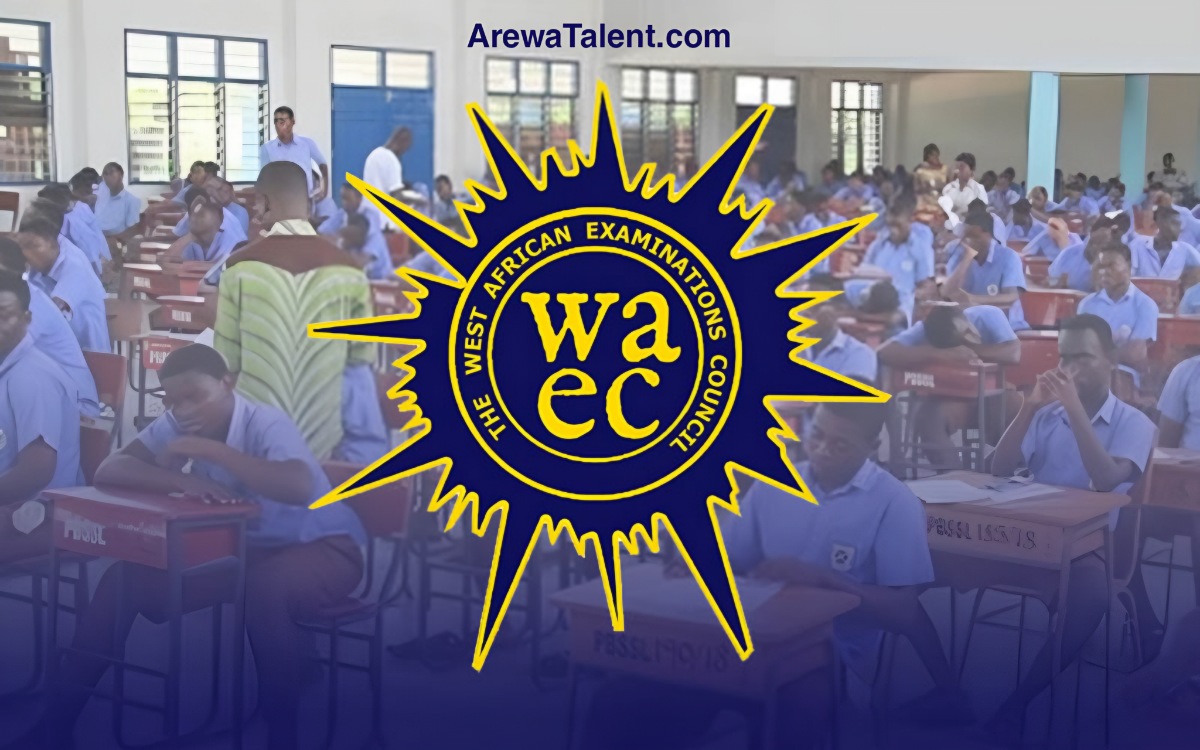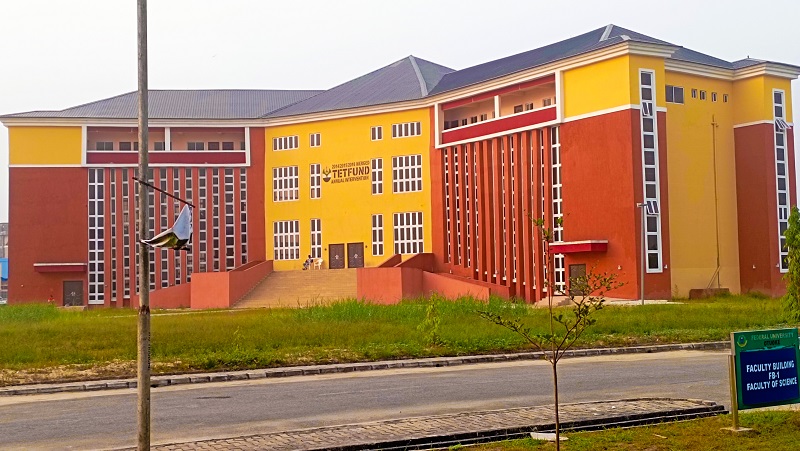WAEC History Questions and Answers 2023: Objective & Essay

The West African Examination Council (WAEC) Senior School Certificate Examination (SSCE) is a comprehensive assessment that tests the knowledge and skills of students in various subjects, including history. In this article, we will provide you with a detailed overview of the WAEC History Questions and Answers for 2023: Objective & Essay, which will aid you in your preparation for the examination.
Overview of WAEC History Examination
The WAEC History examination consists of two main sections: Objective and Essay. The Objective section features multiple-choice questions, while the Essay section requires candidates to answer descriptive and analytical questions. To excel in this examination, students should focus on both sections equally and practice answering various types of questions.
Objective Section
This section contains 50 multiple-choice questions, and candidates are required to answer all of them. The questions cover a wide range of topics, including political, social, economic, and cultural aspects of West African history.
Tips for Objective Section
- Read the questions carefully and ensure you understand what is being asked.
- Eliminate incorrect choices and focus on the most probable answer.
- Manage your time effectively, as you must answer all 50 questions.
- Review your answers before submitting the examination.
Essay Section
In this section, candidates are required to answer four out of eight essay questions. The questions are grouped under different themes, and students are advised to choose questions that best align with their areas of expertise.
Tips for Essay Section
- Read all the questions carefully and select the ones you feel most confident about answering.
- Plan your answers before writing, focusing on the main points and supporting evidence.
- Write in a clear and concise manner, ensuring your arguments are well-structured and logical.
- Provide relevant examples and evidence to support your arguments.
- Revise your answers to correct any errors and improve clarity.
Sample WAEC History Questions and Answers for 2023: Objective & Essay
Below, we have compiled a list of sample WAEC History questions and answers that are likely to appear in the 2023 examination. These questions are based on past WAEC examinations and are included here for your study purposes.
Sample Objective Questions
- The expansion of the Oyo Empire during the 18th century was facilitated by the use of: A. Horses B. Camels C. Elephants D. Chariots
Answer: A. Horses
- The political system of the Kanem-Borno Empire in the 14th century was: A. Monarchical B. Feudal C. Republican D. Theocratic
Answer: A. Monarchical
Sample Essay Questions
- Examine the factors that contributed to the rise and fall of the Oyo Empire.
- Discuss the impact of European contact on West African societies during the pre-colonial period.
Sample Essay Answer: Factors Contributing to the Rise and Fall of the Oyo Empire
The Oyo Empire, located in present-day Nigeria, was one of the most powerful and influential West African states during the 16th to 19th centuries. The rise of the Oyo Empire can be attributed to several factors, including strong leadership, efficient administration, military prowess, and favorable geographical location.
Strong leadership played a crucial role in the rise of the Oyo Empire. The Alaafin of Oyo, the empire’s supreme ruler, wielded immense power and maintained control over the political, religious, and military affairs of the state. The Alaafin ensured that the empire’s administration was efficient, with various officials responsible for different aspects of governance.
Another factor that contributed to the rise of the Oyo Empire was its military prowess. The Oyo army, known as the Eso, was a well-trained and disciplined force, which was crucial in the empire’s expansion and consolidation of power. The use of cavalry, particularly by the Oyo Mesi (the empire’s governing council), gave the Oyo army a significant advantage over their rivals.
The favorable geographical location of the Oyo Empire also played a role in its rise. The empire was strategically positioned between the forest and savannah regions of West Africa, enabling it to control trade routes and access to valuable resources such as gold, ivory, and slaves.
However, the Oyo Empire eventually experienced a decline due to several factors, including internal conflicts, weak leadership, and external pressures.
Internal conflicts, particularly among the Oyo Mesi and the Alaafin, led to political instability and weakened the empire’s administration. Additionally, weak leadership in the form of ineffectual Alaafins further exacerbated the empire’s decline.
External pressures, such as the rise of powerful neighboring states like Dahomey and Nupe, coupled with the increasing influence of European powers, also contributed to the fall of the Oyo Empire. The empire’s reliance on the transatlantic slave trade made it susceptible to economic fluctuations and increased European interference in West African affairs.
In conclusion, the rise and fall of the Oyo Empire can be attributed to a combination of factors, including strong leadership, efficient administration, military prowess, favorable geographical location, internal conflicts, weak leadership, and external pressures.
Sample Essay Answer: Impact of European Contact on West African Societies during the Pre-Colonial Period
The contact between European powers and West African societies during the pre-colonial period had a profound impact on the political, economic, social, and cultural aspects of the region.
Politically, European contact led to the emergence of new states and the decline of others. The introduction of firearms by Europeans transformed warfare in West Africa, enabling aggressive states like Dahomey and Ashanti to expand their territories at the expense of their neighbors. At the same time, European involvement in the region’s politics often led to the destabilization of existing power structures, as European powers favored certain rulers over others.
Economically, European contact had both positive and negative consequences. On one hand, the transatlantic slave trade and the trade in commodities such as gold and ivory provided West African states with new sources of wealth and enabled the growth of powerful coastal city-states like Benin and Ouidah. On the other hand, the reliance on these trades led to economic dependency and vulnerability to fluctuations in global demand, ultimately contributing to the decline of some West African states.
Socially, European contact led to the forced migration of millions of West Africans across the Atlantic as slaves. This massive population loss had long-lasting effects on West African societies, disrupting social structures and causing significant demographic changes.
Culturally, European contact introduced new ideas, technologies, and religious beliefs to West African societies. The arrival of Christianity led to conversions and the establishment of churches, while European education systems introduced new forms of learning and knowledge. However, these cultural exchanges were not always positive, as European contact also led to the erosion of indigenous cultures and traditions.
In summary, European contact during the pre-colonial period had a profound and lasting impact on West African societies, affecting their political, economic, social, and cultural development in both positive and negative ways.
Conclusion
Preparing for the WAEC History examination requires a thorough understanding of West African history and the ability to analyze and articulate complex ideas. By familiarizing yourself with the examination format and practicing answering various types of questions, you can enhance your chances of success in the examination. The sample questions and answers provided in this article serve as a valuable resource for your study, helping you to gain a better understanding of the types of questions you may encounter in the WAEC History Questions and Answers for 2023: Objective & Essay examination.













